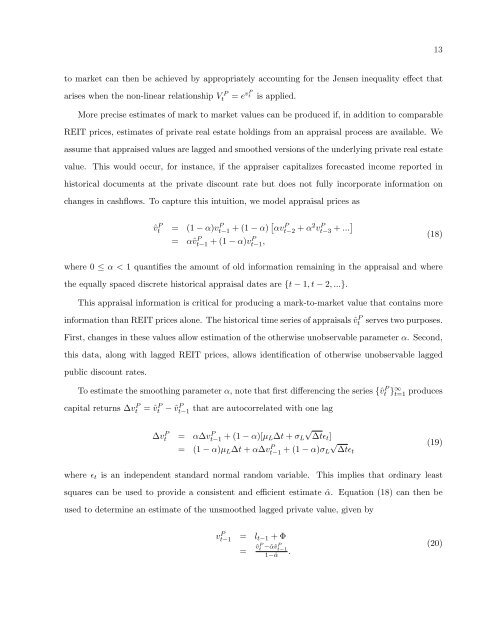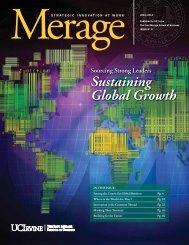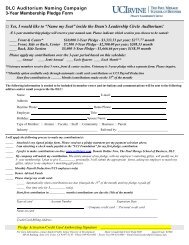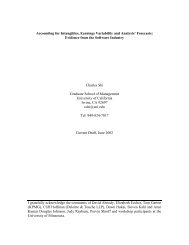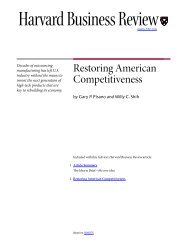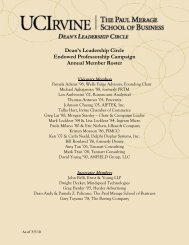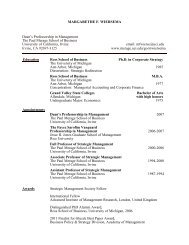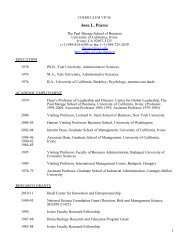View Carlson-Titman-Tiu Paper - The Paul Merage School of Business
View Carlson-Titman-Tiu Paper - The Paul Merage School of Business
View Carlson-Titman-Tiu Paper - The Paul Merage School of Business
You also want an ePaper? Increase the reach of your titles
YUMPU automatically turns print PDFs into web optimized ePapers that Google loves.
to market can then be achieved by appropriately accounting for the Jensen inequality effect that<br />
arises when the non-linear relationship V P<br />
t = e vP t is applied.<br />
More precise estimates <strong>of</strong> mark to market values can be produced if, in addition to comparable<br />
REIT prices, estimates <strong>of</strong> private real estate holdings from an appraisal process are available. We<br />
assume that appraised values are lagged and smoothed versions <strong>of</strong> the underlying private real estate<br />
value. This would occur, for instance, if the appraiser capitalizes forecasted income reported in<br />
historical documents at the private discount rate but does not fully incorporate information on<br />
changes in cashflows. To capture this intuition, we model appraisal prices as<br />
ˆv P t = (1 − α)vP t−1 + (1 − α) αvP t−2 + α2vP t−3 + ...<br />
= αˆv P t−1 + (1 − α)vP t−1 ,<br />
where 0 ≤ α < 1 quantifies the amount <strong>of</strong> old information remaining in the appraisal and where<br />
the equally spaced discrete historical appraisal dates are {t − 1, t − 2, ...}.<br />
This appraisal information is critical for producing a mark-to-market value that contains more<br />
information than REIT prices alone. <strong>The</strong> historical time series <strong>of</strong> appraisals ˆv P t serves two purposes.<br />
First, changes in these values allow estimation <strong>of</strong> the otherwise unobservable parameter α. Second,<br />
this data, along with lagged REIT prices, allows identification <strong>of</strong> otherwise unobservable lagged<br />
public discount rates.<br />
To estimate the smoothing parameter α, note that first differencing the series {ˆv P t } ∞ t=1 produces<br />
capital returns ∆v P t = ˆv P t − ˆv P t−1<br />
that are autocorrelated with one lag<br />
∆vP t = α∆vP t−1 + (1 − α)[µL∆t<br />
√<br />
+ σL ∆tɛt]<br />
= (1 − α)µL∆t + α∆v P t−1<br />
√<br />
+ (1 − α)σL ∆tɛt<br />
where ɛt is an independent standard normal random variable. This implies that ordinary least<br />
squares can be used to provide a consistent and efficient estimate ˆα. Equation (18) can then be<br />
used to determine an estimate <strong>of</strong> the unsmoothed lagged private value, given by<br />
v P t−1 = lt−1 + Φ<br />
= ˆvP t −ˆαˆvP t−1<br />
1−ˆα .<br />
13<br />
(18)<br />
(19)<br />
(20)


